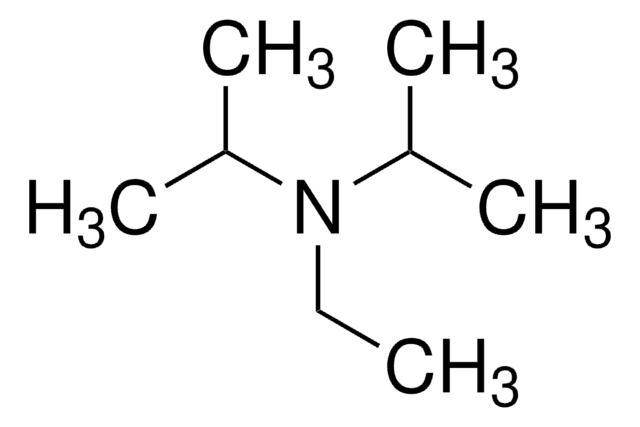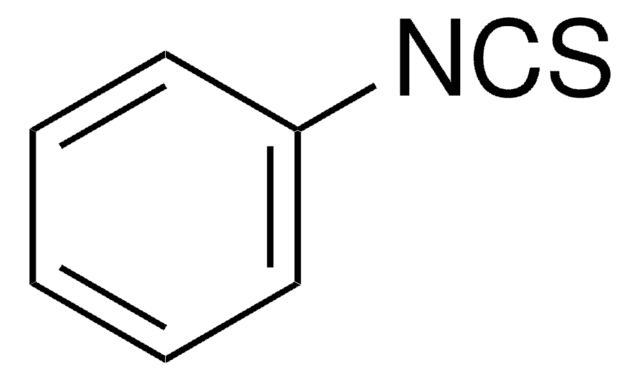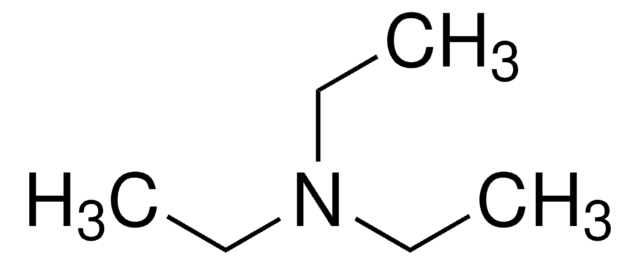89761
N-Boc- 2,2′-(ethylenedioxy)diethylamine
≥95.0% (NT)
Synonym(s):
N-Boc-3,6-dioxa-1,8-octanediamine, tert-Butyl 2-[2-(2-aminoethoxy)ethoxy]ethylcarbamate
About This Item
Recommended Products
Quality Level
assay
≥95.0% (NT)
form
liquid
reaction suitability
reagent type: cross-linking reagent
density
1.046 g/mL at 20 °C
functional group
Boc
amine
SMILES string
NCCOCCOCCNC(OC(C)(C)C)=O
InChI
1S/C11H24N2O4/c1-11(2,3)17-10(14)13-5-7-16-9-8-15-6-4-12/h4-9,12H2,1-3H3,(H,13,14)
InChI key
OCUICOFGFQENAS-UHFFFAOYSA-N
Related Categories
Application
Storage Class
10 - Combustible liquids
wgk_germany
WGK 3
flash_point_f
Not applicable
flash_point_c
Not applicable
ppe
Eyeshields, Gloves
Certificates of Analysis (COA)
Search for Certificates of Analysis (COA) by entering the products Lot/Batch Number. Lot and Batch Numbers can be found on a product’s label following the words ‘Lot’ or ‘Batch’.
Already Own This Product?
Find documentation for the products that you have recently purchased in the Document Library.
Customers Also Viewed
Articles
Polyethylene glycol (PEG) reagents offer numerous favorable characteristics, including high water solubility, high mobility in solution, lack of toxicity and immunogenicity, and ready clearance from the body.
Our team of scientists has experience in all areas of research including Life Science, Material Science, Chemical Synthesis, Chromatography, Analytical and many others.
Contact Technical Service













